Mastering Project Design | Innovate Your Projects (2024)
Project design isn’t just about aesthetics, it’s a critical aspect of any successful venture. It’s the blueprint that guides teams, aligning them towards a common goal. Without a well-thought-out design, projects can quickly veer off course, wasting time, effort, and resources.
In the following article, I’ll be delving into the fascinating world of Project Design. I’ll explore its importance, the key principles to follow, and how it can make or break a project. Whether you’re a seasoned project manager or a newbie, this article will provide you with valuable insights. So, let’s embark on this journey to better project outcomes through effective design.
Basics of Project Design
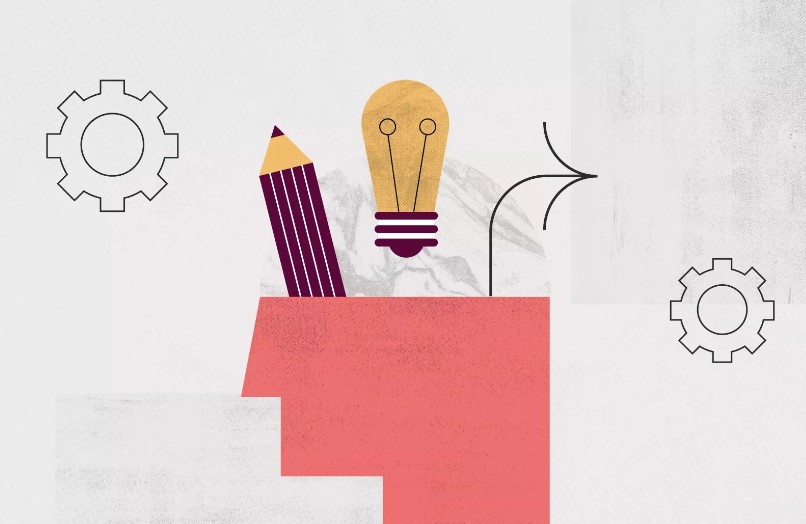
Project design isn’t an aspect to glaze over lightly. It’s paramount to every initiative’s success, serving as its backbone. Let’s explore this further.
The Importance of Effective Project Design
An effective project design offers multiple advantages. It gives the project a clear direction, ensuring every team member is crystal-clear on what they aim to achieve. Consequently, resources are effectively channeled, avoiding wastage or misdirection.
Let me explain with a simple scenario. Imagine you’re baking a cake. Without a recipe (your project design), you’ll just randomly toss ingredients together. The result? More likely a mess than a delicious cake.
The same applies to a project. Without a well-defined design, the chances of achieving the desired outcome diminish greatly. Hence, a well-planned project design’s importance isn’t something to underestimate.
Key Components of Project Design
Multiple key components make up a project design. These components collectively provide a roadmap of the project’s journey from start to finish.
- Objectives: These answer the question, “What does the project want to achieve?” Setting clear, specific, and measurable objectives is vital.
- Tasks: These refer to the tasks or activities necessary to meet the objectives. For instance, in building a house, tasks would include designing the floor plan, ordering materials, or hiring contractors.
- Timeframe: This relates to the project’s beginning and end dates. It also involves defining milestones for task completion.
- Resources: These include the people, tools, or materials required to carry out the tasks. In a software development project, resources could include programmers, development tools, and server space.
- Budget: This determines the financial resources necessary to complete the project. A well-prepared budget accounts for both anticipated and unforeseen expenses.
By understanding and incorporating these components, you’ll have a well-designed project capable of meeting its objectives and achieving success.
The Project Design Process
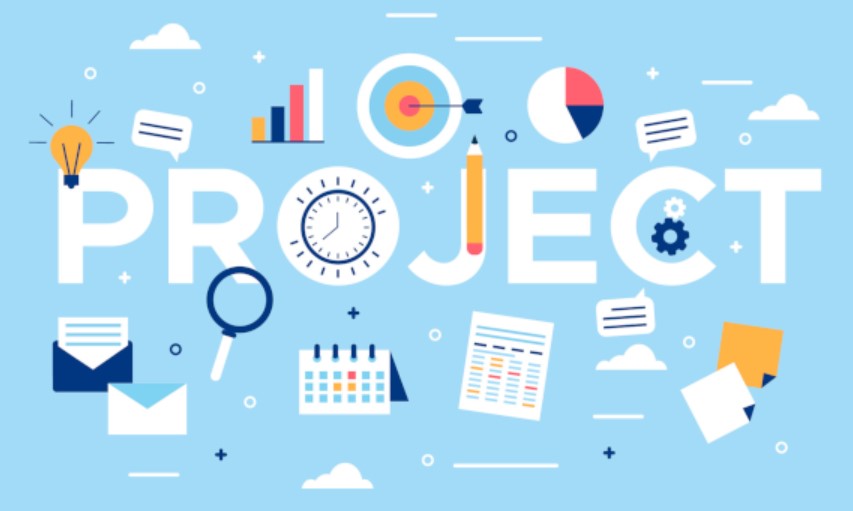
The backbone of any successful venture, the project design process warrants careful attention and structured execution. The cycle of establishing goals, evaluating stakeholders, identifying scope, and determining limitations creates the compass that directs a project’s path.
Identifying Project Goals and Objectives
Agreeing on project goals acts as the foundational step in the architectural design process. Clear targets provide a sense of direction, influencing project planning and execution stages. For instance, if one designs a mobile app, specific objectives might include improving user experience, increasing downloads by a certain percentage, or adding unique features. Each objective converts into several tasks that result in a precise action plan.
Stakeholder Analysis and Engagement
Stakeholder analysis provides insight into individuals or groups with vested interest in the project like clients, sponsors, or end-users. Knowing their expectations and potential impact on the project helps me to involve them effectively. For a mobile app design project, stakeholders can range from developers, clients, to app store owners and users. Properly engaging these interested entities encourages a sense of ownership and accountability, strengthening project integrity.
Defining Project Scope and Constraints
Determining project scope involves articulating the extent of the project, including the tasks required, the resources necessary, and the timeline for completion. For instance, in an app design project, scope can include designing user interface, coding, beta testing, and launch. On the contrary, constraints often include factors such as budget limitations, tight schedules, and resource availability. Recognizing these, although may seem restrictive, actually helps me focus efforts and prevents squandering vital resources. This acknowledgment empowers me to keep the project within the boundaries of feasibility, promoting the venture’s ultimate success.
Tools and Techniques for Project Design
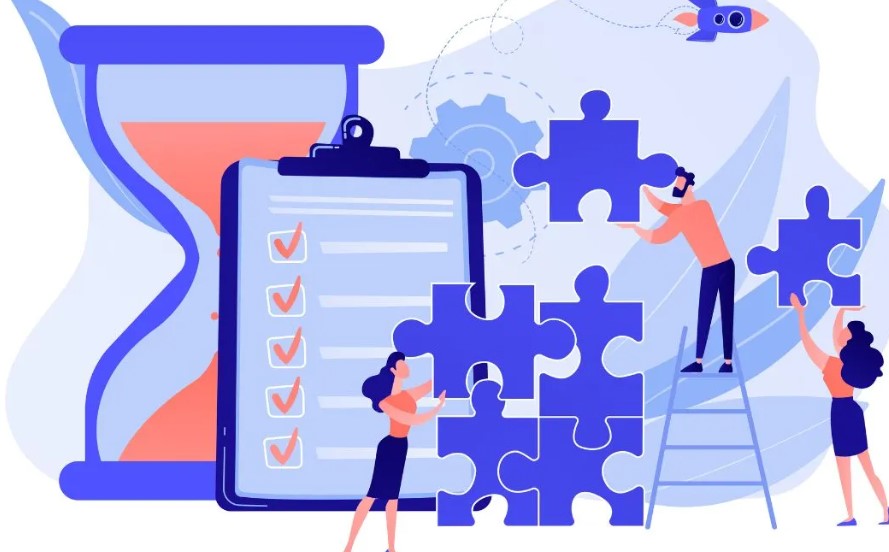
Delving deeper into project management, it’s clear there is an array of tools and techniques available to assist in effective project design. These range from digital applications to innovative methodologies, each offering unique benefits.
Project Management Software
As part of the project design flask, consider incorporating project management software. This kind of digital tool will ease project planning, scheduling, and task assignment. It also allows for real-time team collaboration, helping to ensure seamless communication.
Examples are plentiful: Asana, Trello, and Microsoft Project, to name a few. All are viable options, carefully designed to support project management activities through in-built features. For instance, Gantt chart functionality, task reminders, and resource allocation features.
Design Thinking and Brainstorming
Another technique that’s often used within project design is design thinking. This creative and strategic process encourages problem-solving and innovative ideas. It’s about analyzing the project from different angles, envisioning a wide range of possible outcomes, and creating congruent solutions.
Brainstorming complements this approach, facilitating an open platform for ideas to flow freely, without judgment. Mind mapping tools, like MindMeister and Lucidchart, can take this technique to a higher level by visually representing ideas.
Both design thinking and brainstorming foster creativity and encourage the production of innovative solutions, vital for a project’s success.
Prototyping and Modeling
Last, but by no means least, prototyping and modeling are essential tools for an effective project design. Prototyping gives a physical, or digital, form to ideas. It’s a tangible representation of project outcomes, facilitating better understanding and feedback.
In the case of digital project designs, tools such as Balsamiq or Axure RP can aid in creating high-fidelity prototypes, while sketching remains a widespread practice in physical project designs.
Modeling, on the other hand, enables strategizing the course of action. It embraces techniques like SWOT analysis, Critical Path Method and Program Evaluation and Review Technique, assisting in the visualization of project trajectories and identification of potential risks.
Without a doubt, these tools and techniques can assist in creating a well-structured, effective project design, facilitating project success.
Best Practices in Project Design
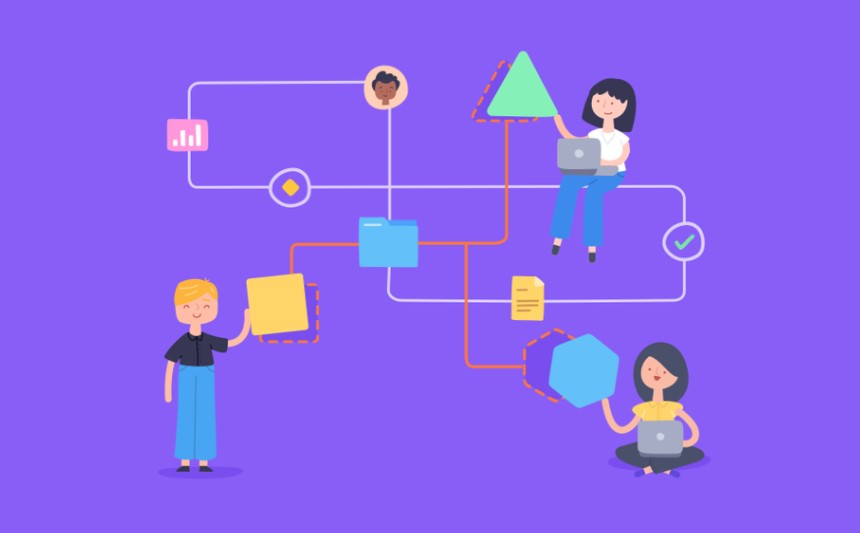
Reflecting on the importance of project design highlighted earlier, let’s delve deeper into the best practices that contribute to effective project design. We’ll explore incorporating feedback loops, considering sustainability and impact, and risk management and contingency planning.
Incorporating Feedback Loops
As a project unfolds, it is imperative to integrate feedback loops into the design process continuously. It’s not only about gathering initial feedback at the project conception stage. Instead, feedback must inform project direction at regular intervals. Stakeholder engagement, as discussed earlier, plays a pivotal role in this process. For instance, user testing sessions in the prototyping phase gather critical insights about project feasibility and user expectations. This real-time data is then folded back into the project, refining and enhancing design elements.
Considering Sustainability and Impact
A well-structured project design takes into account not just the immediate project goals but also the long-term sustainability of the project results and their wider impact. This involves considering the social, environmental, and economic effects the project might exert. As an example, consider an infrastructure development project. Thorough project design requires diligent assessment of environmental impact, employment generation potential, and long-term maintenance and sustainability. It’s about ensuring that project outcomes are beneficial in the larger, global context.
Risk Management and Contingency Planning
Calculating risks and crafting a contingency plan acts as the bedrock of successful project design. This process of gauging potential project pitfalls doesn’t promise a problem-free execution, but it better equips the team to manage unforeseen circumstances. Much like the previously discussed concept of using project management software to visualize project outcomes, risk management tools can also be employed. With the help of such tools, possible project risks are identified, quantified, and appropriate response strategies are devised. By doing so, I ensure the safe navigation through the potentially rocky landscape of project execution.
Trends in Project Design for the Future
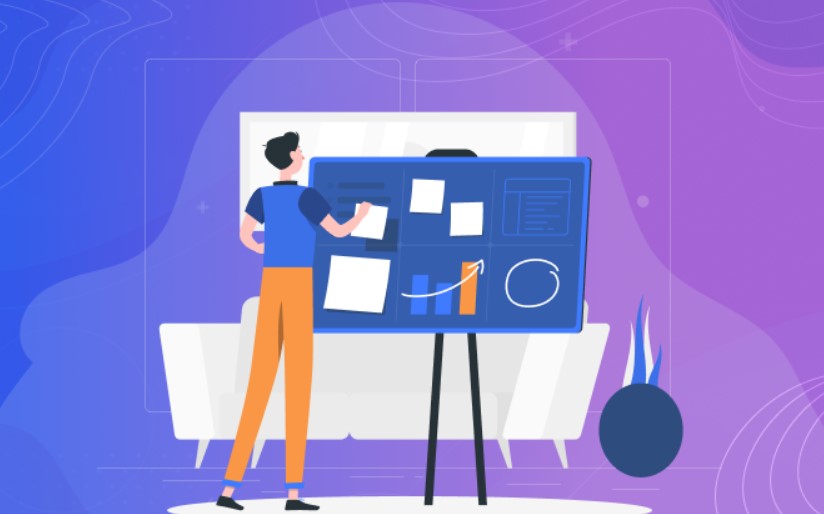
Project design doesn’t stop evolving. It adjusts, adapts and morphs into newer versions that better cater to changing landscapes. Here, I delve deeper into some prominent trends offering a window to the future of project design.
Integration of Artificial Intelligence
Artificial Intelligence takes center stage as a trend disrupting the future of project design. As an embodiment of data-driven decision-making, AI introduces automatic project management, where routine tasks are managed by AI technologies. Tasks like setting up meetings, reporting project progress, and even some aspects of intervention, shift from human operators to AI systems. AI doesn’t only lend a hand in administrative routines; it impacts decision-making processes, making project design more intelligent and outcome-focused.
For instance, machine learning algorithms can analyze past projects to predict potential risks in a new project. These predictive models arm project designers with insights on potential pitfalls before they occur, fostering proactive project design and execution.
Emphasizing User-Centric Design
User-centric design emerges as a linchpin in successful project design. Placing the end users’ needs, habits, and environments at the forefront of design decisions enhances overall user experience. It fuels projects designed to satisfy identifiable real-world needs. Metrics like User Experience (UX) and User Interface (UI) have taken center stage in project design.
Take any successful mobile app or a web design model. The underlying success factor isn’t just the aesthetics or functionality. It’s how well the design communicates with its user. The future will likely see increased emphasis on empathizing with the user, thus designing projects that resonate with their aspirations, requirements, and preferences.
Adaptability to Changing Environments
Project design’s future showcases adaptability as a non-negotiable trait. With changing market dynamics, technological advances, and fluctuating user preferences, project designs can’t remain static. They evolve and adapt. Frameworks like Agile and methodologies like Scrum epitomize this dynamicism, bridging the gap between rigid project plans and fluid execution.
Consider the building architecture sector. A design deemed perfect ten years ago doesn’t hold relevance in today’s context. As environmental standards, regulations, and preferences evolve, the architectural designs adapt, showcasing the necessity of future-proofing the designs.
As these trends signal the future trajectory of project design, they underscore the transition from a generic, one-size-fits-all approach towards a more personalized, proactive, and adaptable project designing process.
Conclusion
Project design isn’t just about ticking boxes. It’s about clear objectives, engaging stakeholders, and leveraging tools that make the process more streamlined. Techniques like design thinking and prototyping aren’t just buzzwords – they’re key to effective planning. Looking ahead, AI and user-centric design aren’t just trends, they’re the future, enabling us to make data-driven decisions and enhance user experience. And let’s not forget adaptability. With changing environments, we need to be ready to pivot, and that’s where Agile and Scrum come in. They’re not just frameworks and methodologies, they’re our guides to a more personalized, proactive, and adaptable future in project design. So, let’s embrace these changes and look forward to what’s next. After all, the future of project design is not just about what we’re creating, but how we’re creating it.
Frequently Asked Questions
Q1. What is the emphasis of the article?
The article emphasizes the importance of clear objectives, stakeholder engagement, and project management software in project design. It also highlights trends such as the use of Artificial Intelligence and user-centric design, and stresses on adaptability within changing environments.
Q2. How does the article relate design thinking to project planning?
It suggests using design thinking and prototyping techniques for effective project planning. These methodologies help in understanding users’ needs, prototyping solutions, and testing them before final implementation.
Q3. What is the explored future trend in project design?
The article explores two key future trends; the integration of Artificial Intelligence for data-driven decision making and the focus on user-centric design to enhance user experience in project design.
Q4. What is the importance of adaptability in project design?
The article suggests that adaptability in project design is vital to respond efficiently to changing environments. It also showcases Agile frameworks and Scrum methodologies as examples of adaptable project design strategies.
Q5. What is the aim of the discussed trends in the article?
The discussed trends aim for a shift towards more personalized, proactive, and adaptable project design processes, leading to effective and successful project completion.
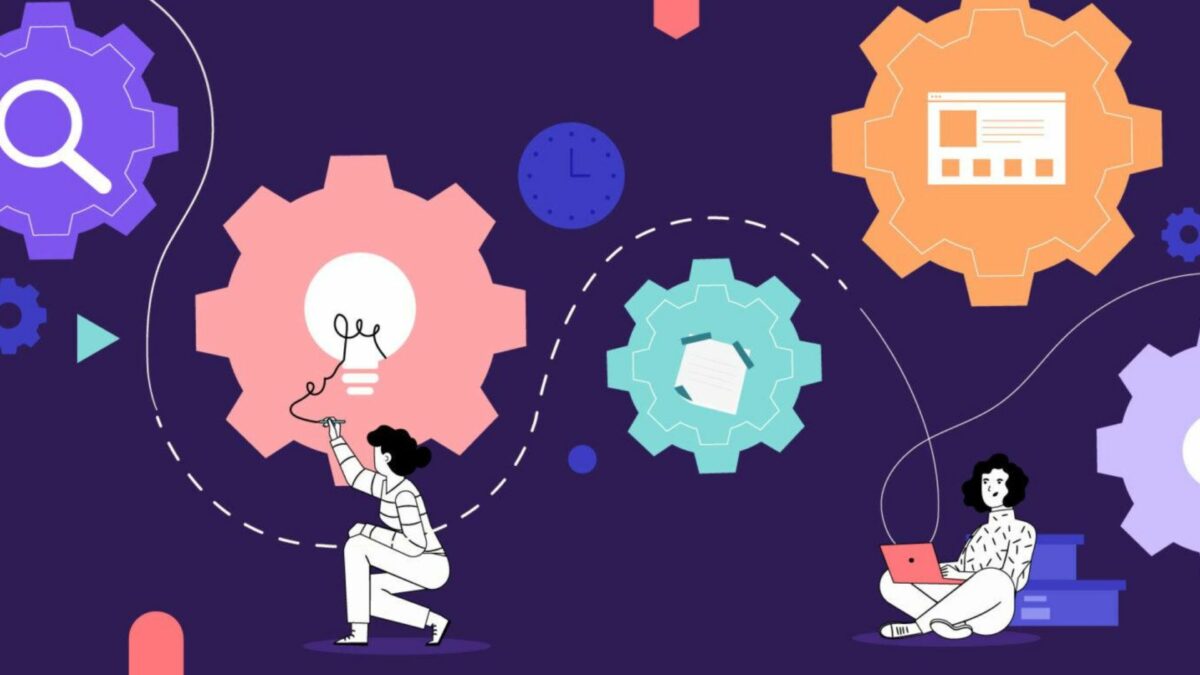
Leave a Reply